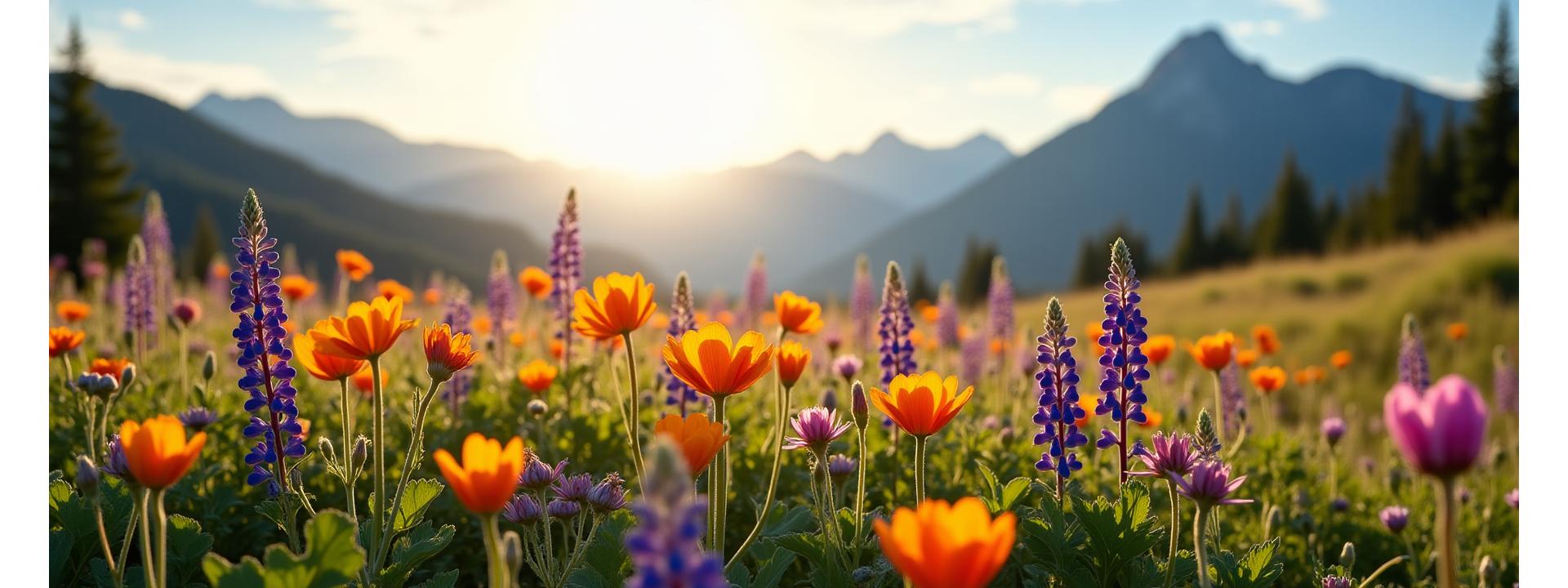
Harness the Power of Colorado's Native Plants
Discover the beauty and resilience of Colorado's native plants while creating low-maintenance landscapes that support local wildlife. Transform your property into a resilient, sustainable ecosystem with expert guidance from RidgeGrove.
Explore Our Native Plant CourseWhy Choose Native Plants for Your Colorado Landscape
Water Conservation
Native plants reduce irrigation needs by 50-80% compared to traditional landscaping, saving precious water and lowering your utility bills.
Low Maintenance
Once established, native landscapes require minimal care, fertilization, or pest control, freeing up your valuable time.
Wildlife Support
Provide vital food, shelter, and breeding grounds for native birds, butterflies, and beneficial insects, enriching your local ecosystem.
Soil Health
Deep root systems of native plants improve soil structure, reduce compaction, and naturally prevent erosion on slopes and disturbed areas.
Climate Resilience
Naturally adapted to thrive in Colorado’s diverse weather extremes, from intense sun to winter cold, ensuring your landscape endures.
Authentic Beauty
Create vibrant, dynamic landscapes that reflect Colorado's natural heritage, providing seasonal interest and stunning visual appeal.
Colorado Native Plant Categories and Uses
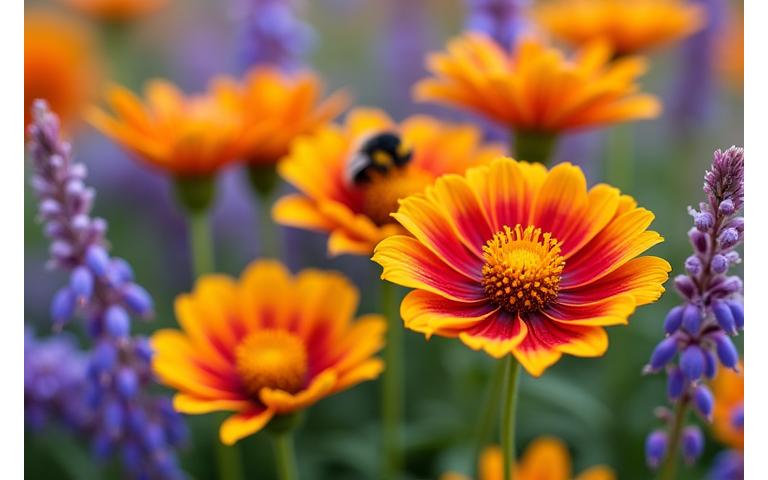
Wildflowers for Color and Pollinators
Bring a burst of natural color to your garden with resilient native wildflowers. Varieties like Blanket Flower, Purple Coneflower, and Wild Bergamot not only provide stunning visuals but also attract essential pollinators, turning your garden into a buzzing haven of life.
- Adds vibrant, seasonal color to any landscape.
- Supports bees, butterflies, and hummingbirds.
- Low maintenance once established.
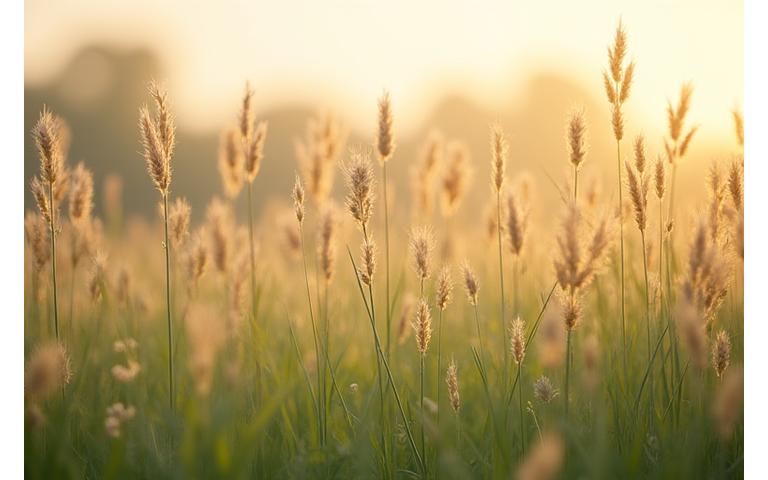
Grasses for Texture, Movement, and Erosion Control
Native grasses such as Buffalo Grass, Blue Grama, and Little Bluestem offer subtle beauty, adding texture, movement, and year-round interest to your landscape. Their deep root systems are excellent for erosion control and can reduce water runoff significantly.
- Provides natural texture and movement.
- Excellent for soil stabilization and erosion prevention.
- Drought-tolerant and cold-hardy.
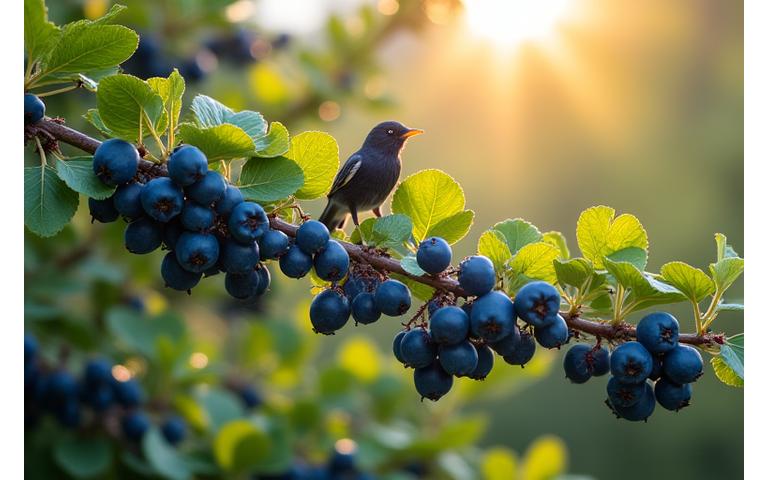
Shrubs and Trees for Structure and Habitat
Incorporate native shrubs like Serviceberry, Oakleaf Sumac, and Currant, or trees such as Aspen and Pinyon Pine, to create essential structure, shade, and year-round habitat for local wildlife. These plants form the backbone of a thriving native ecosystem.
- Offers structural elements and shade.
- Provides food and shelter for birds and mammals.
- Enhances biodiversity and ecological balance.
Designing Beautiful Native Plant Communities
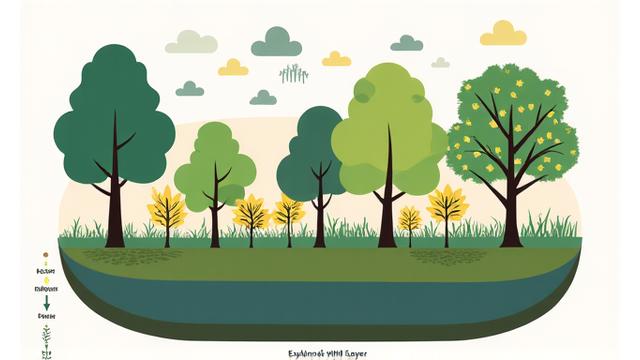
Ecological Groupings & Layering
Learn to group species that naturally thrive together and create layered landscapes with canopy, understory, and groundcover to mimic natural ecosystems.
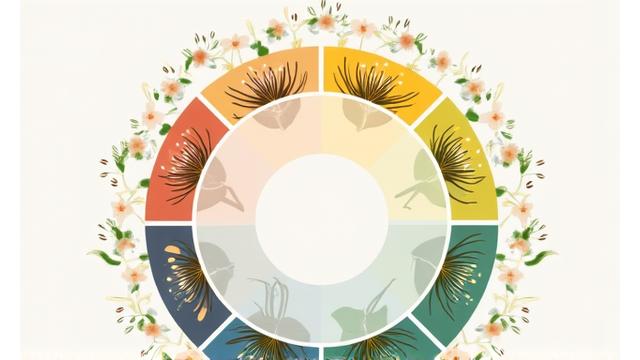
Seasonal Succession & Color Flow
Plan for continuous blooms and visual interest throughout the year, utilizing the natural color palettes and textures offered by native flora blooming in sequence.
Our course empowers you with the principles to design landscapes that are not only beautiful but also ecologically sound and harmonious with Colorado's natural environment.
Discover More Design PrinciplesSuccessfully Establishing Your Native Plant Landscape
-

Site Preparation & Soil Testing
Understand your soil composition, remove competitive weeds, and implement appropriate amendments to create the ideal foundation for native plant success.
-

Timing Your Planting for Optimal Growth
Learn the best seasons for planting different native species, ensuring they have the best chance to establish strong root systems before challenging weather arrives.
-

Strategic Watering Protocols
Master efficient watering techniques that support young plants while encouraging deep root development crucial for drought resilience in mature native landscapes.
-

Effective Mulching Techniques
Discover how to use appropriate organic mulches that suppress weeds, retain moisture, and enrich the soil, supporting a healthy native ecosystem.
-

First-Year Care & Long-Term Management
Navigate the critical first year with confidence and learn minimal intervention strategies for maintaining a thriving, self-sufficient native landscape for years to come.
Creating Wildlife Habitat with Native Plants
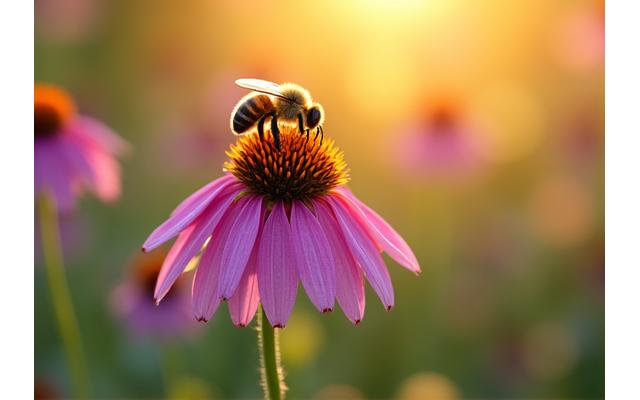
Pollinator Pathways
Select native species like Penstemon, Aster, and Liatris that are essential food sources for bees, butterflies, and hummingbirds, fostering vibrant pollinator activity.
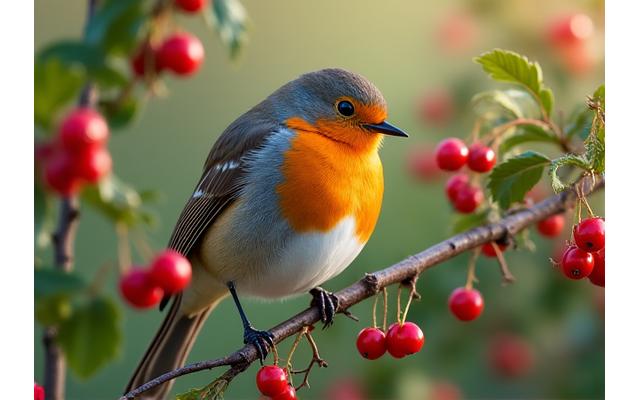
Bird-Friendly Landscapes
Design with plants providing seeds, berries (e.g., Serviceberry, Currant), and ideal nesting sites, attracting a diverse array of Colorado's avian species to your yard.
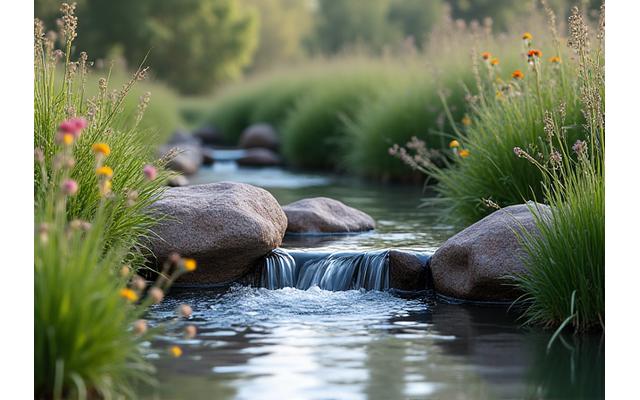
Integrating Water Features
Incorporate naturalistic water sources, from small bird baths to rain gardens, integrated seamlessly with native plantings to support a greater variety of wildlife.
Where to Find and How to Plant Native Species
- Examples: Harlequin's Gardens (Boulder), High Plains Environmental Ctr (Loveland Garden Store), Western Native Plants (various locations).
- Tips for selecting healthy, vigorous native plants.
- Annual spring and fall plant sales.
- Educational workshops on propagation and identification.
- Bare-root vs. container planting strategies.
- Techniques for difficult soils and slopes.
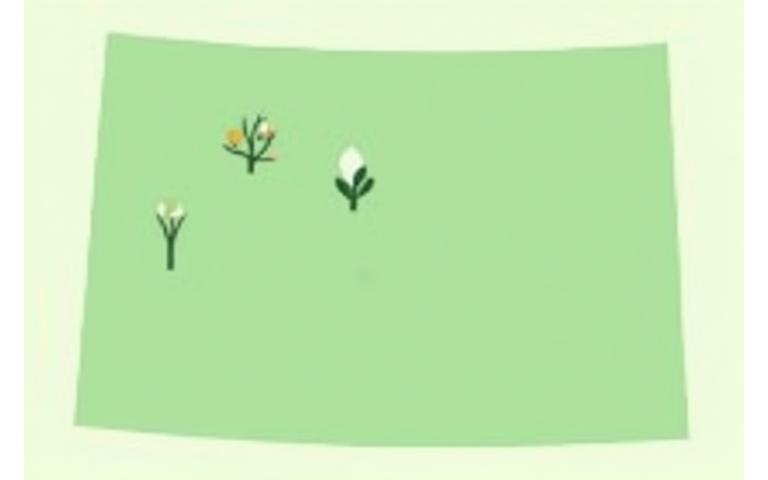
Visual guide to key native plant resources across Colorado.
Master Native Plant Landscaping with Expert Training
Enroll in RidgeGrove's comprehensive online course and gain the knowledge and confidence to create stunning, sustainable, and thriving native landscapes that endure Colorado's unique climate.
What You'll Learn
- Comprehensive identification and selection
- Ecological design principles
- Optimal establishment and care techniques
- Wildlife habitat creation strategies
Course Benefits
- Access to expert instructors and community
- Practical video demonstrations and field guides
- Certification of completion
- Exclusive discounts on native plant starter kits
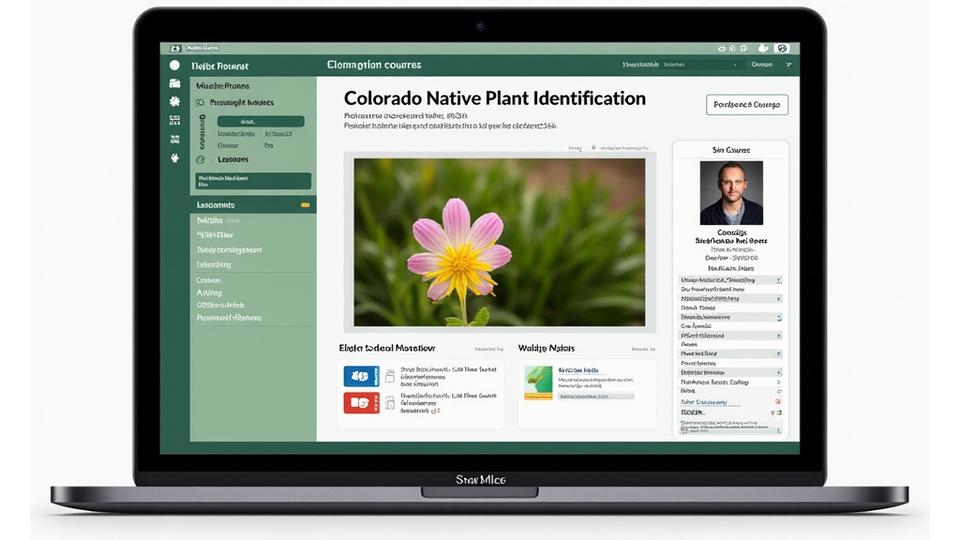
Ready to cultivate a landscape that truly belongs to Colorado?
Enroll Now & Start Your Journey